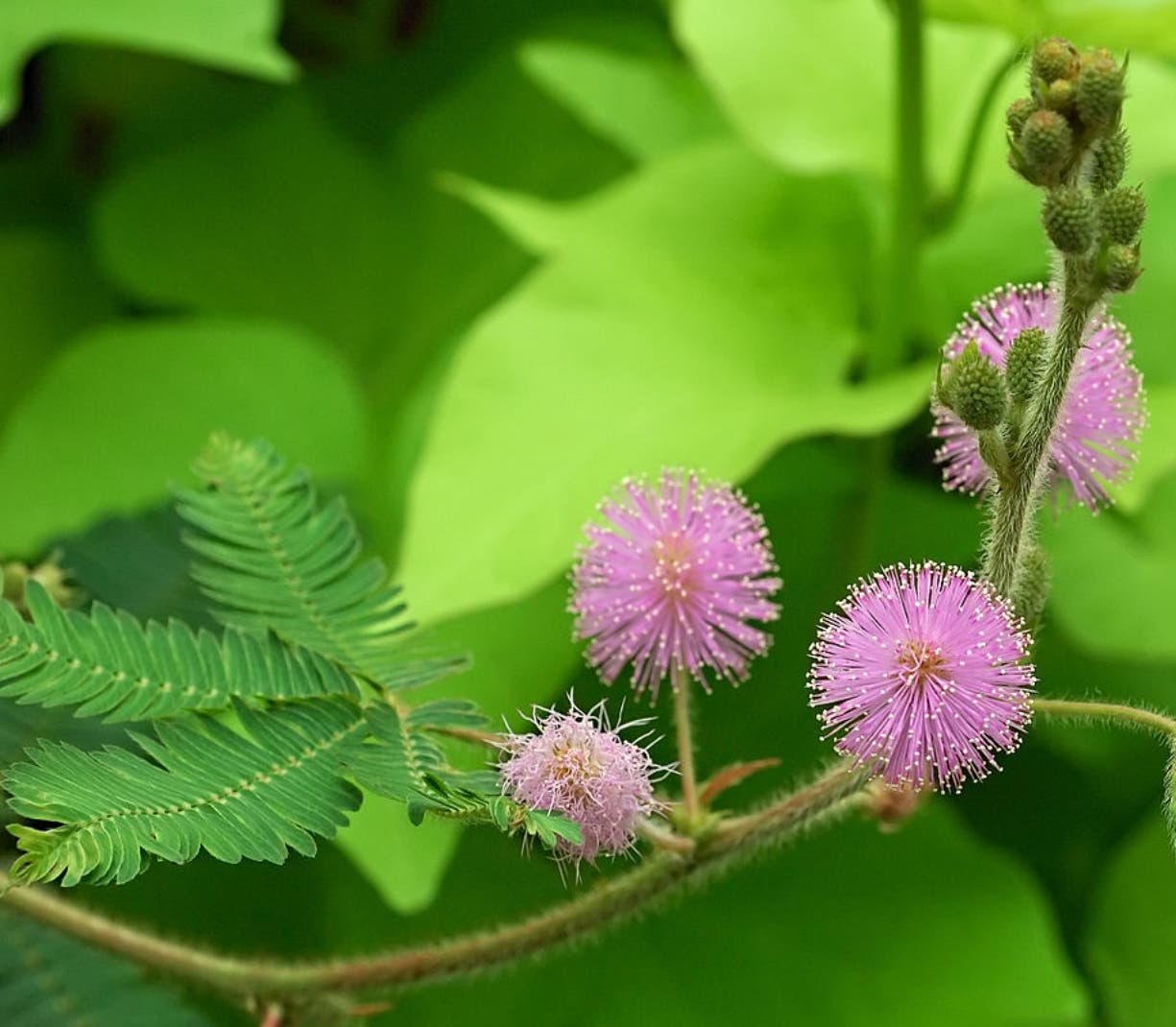Moriviví giant, invasive to fight because of its impact on ecosystems

Santo Domingo.-Giant moriviví, scientifically known as Mimosa pigra, is an invasive exotic plant that is able to compete with other species due to its rapid growth, adaptability, formation of dense mono-species scrub and its impact on the country’s riparian ecosystems requires its control.
The invasive species, closely related to the common and delicate moriviví (Mimosa pudica), is native to the tropical region of America.
Here it particularly affects the banks of rivers such as the Juma and Maimón in Bonao, the Uvero Alto and Punta Cana, forming strong structures that prevent water and mineral absorption of other species in those environments.
The giant Moriviví is distinguished from the common by its large, dangerous spines and a large size, reaching 5 meters in height.
Gabriel Valdez, Head of the Biodiversity Directorate of the Ministry of Environment and Natural Resources, puts in the context that the product resulting from the penetration of this plant and due to its excessive growth and ability to invade other species around it, which limits the development of native and endemic species.
“The Ministry is promoting through the management of genetic resources a program to combat invasive alien species, including this giant moriviví, since its size is huge and the growth factor is more prominent and majestic, and this forms a dense forest in the surrounding areas where it manages to thrive and is attracted to it as an invasive with exceptional characteristics,” he explained Valdez.
Native to Neotropics, it has spread from Mexico, where it continues to spread to northern Argentina.
distribution
Where it is a habitat, there are predators of this plant that maintain its balance with its environment, in these areas its distribution is correct and desirable.
Outside these spaces it is considered an invasive and is one of the hundred most harmful species in the world, documented by the International Union for Conservation of Nature (IUCN) located in Australia, Cambodia, Dominican Republic, Ghana, Guinea, Indonesia, Kenya, Malaysia, New Guinea, South Africa, Swaziland, Thailand, Uganda, Zambia, USA, Vietnam, among other countries.
Here in the country, it is a major concern for agricultural areas especially rice, as it will displace crops and it will be very difficult to control. This plant is capable of producing massive amounts of seeds annually that can live up to 23 years in sandy soil, according to Gabriel Valdez.
Privacy
“It is important to stress that globally, invasive alien species are the second cause of biodiversity loss after habitat loss,” adds Marina Hernandez, responsible for managing genetic resources.
Greater control
– divorced
The Department of Genetic Resources, through the Department of Invasive Alien Species, is working with communities to inform them of their impact, according to Marina Hernandez.

“Reader. Beer practitioner. Web expert. Subtly charming travel geek. Friendly music specialist.”









